For gardeners and landscapers, clay topsoil is an important component of any planting project. Clay topsoil is rich in nutrients, which makes it ideal for growing plants and vegetables. Clay topsoil also helps to retain moisture, making it easier to keep your plants healthy and hydrated. But where do you buy the best clay topsoil?Buying the right type of clay topsoil is essential for ensuring that your plants get the nutrients they need to thrive.
It's important to understand the different types of clay topsoil available and what makes them different from one another. This article will help you find the best type of clay topsoil for your needs and provide tips on where to buy it. We’ll explore the various types of clay topsoil, how to identify quality clay topsoil, and where to buy the best clay topsoil for your project. The first step in purchasing clay topsoil is to research local suppliers. Many home improvement stores, nurseries, and landscaping companies carry clay topsoil. Be sure to compare prices, as well as the quality of the product you're purchasing.
It's also important to consider shipping costs when ordering online. Many suppliers offer free or discounted shipping for bulk orders. Once you've identified a supplier, it's time to figure out how much clay topsoil you need. Measure the area where you plan to use the soil and use a soil calculator to determine the amount of soil needed.
Be sure to factor in any extra soil that might be necessary for filling in low spots or creating hills or mounds. When you're ready to purchase your clay topsoil, check that the product is labeled as “clay” or “clay-based.” These types of soils are ideal for creating a strong foundation for plants and grasses. Be sure to read any information provided by the manufacturer about how to store and use the soil correctly. Once you've purchased your clay topsoil, it's important to prepare it correctly before using it. Clay-based soils need to be mixed with other materials, such as organic matter, in order to be effective. You can mix the organic matter yourself or purchase a pre-mixed soil blend from your supplier.
Be sure to follow any instructions provided by the manufacturer for preparing the soil correctly. In addition to preparing the soil correctly, it's important to consider how you will use it.
Clay topsoil
can be used for filling in depressions in lawns or creating raised beds for gardening. It can also be used as a mulch around trees and shrubs. Depending on your project, you may need to add additional materials such as sand or peat moss in order to improve drainage and aeration. Finally, keep in mind that clay topsoil can be heavier than other types of soil.This means that it can be difficult to move or spread without the help of a machine such as a tiller or wheelbarrow. Be sure to plan ahead and have the necessary equipment on hand before beginning your project.
Tips for Using Clay Topsoil
When using clay topsoil, there are some tips that can help you get the most out of your purchase:Use organic matter such as compost or manure when mixing with clay topsoil in order to improve drainage and aeration.Add sand or peat moss
if needed in order to improve drainage.Consider using a machine
such as a tiller or wheelbarrow when spreading clay topsoil.Follow all instructions
provided by the manufacturer when preparing and using clay topsoil. Clay topsoil can be an excellent choice for gardening and landscaping projects when used correctly. Research local suppliers and compare prices in order to find the best deal on clay topsoil. Be sure to read any instructions provided by the manufacturer for preparing and using the soil correctly, and consider using a machine such as a tiller or wheelbarrow when spreading clay topsoil.Taking the time to properly use clay topsoil can result in a beautiful, productive outdoor space.
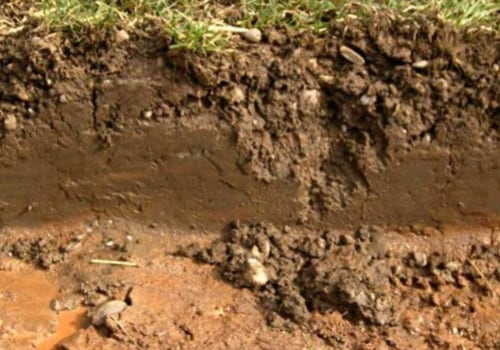
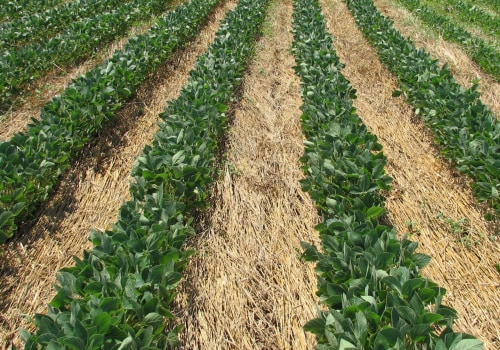
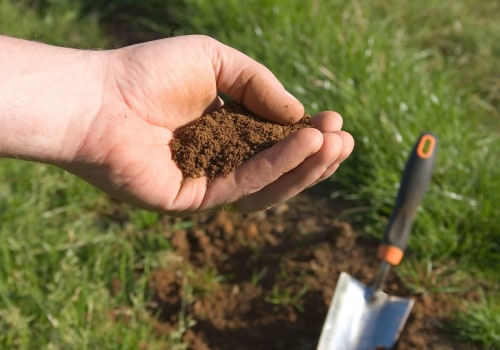
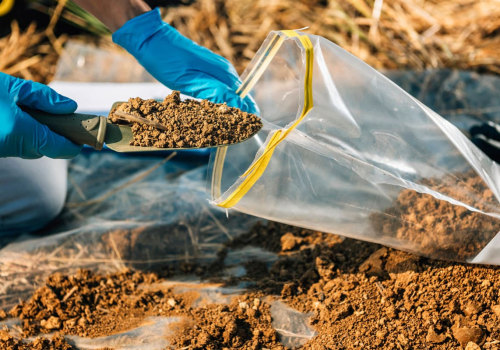

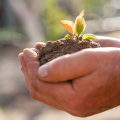
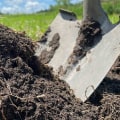
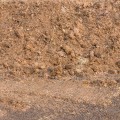

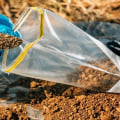
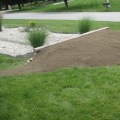
Leave a Comment